Everything looks perfect. But I want to see a bigger level of celebration of our treasured aboriginal culture. Put this carnival in Central Market, Merdeka Square or Star Hill. We need to educate public to learn to appreciate other cultures and to gain greater insights and understanding about each other's preferences, likes and dislikes.
Public education is the key to helping our younger Malaysians to understand Malaysian History in true form and to lead our nation into the future with the full understanding of the past, present and where they may best position. We should be proud of our Orang Asli cultural heritage!
Malaysia Boleh! (translation: "Malaysia Can Do It!") Orang Asli pun boleh! Click HERE to read Part 1
A few days ago, I was experimenting with different picture layout to make this Part 2 different or perhaps a li'l interesting. All in all I'm quite happy with the results ^_^ On a personal note I want to express my sincere thanks to all my readers. Your readership is greatly appreciated. Thank you for your ongoing support and encouragement. I promise I'll visit your blog as soon as possible. Alex Loke signing off. ADIOS and see you next time!
Location: Muzium Orang Asli, Gombak, Kuala Lumpur, Malaysia
Date: July 31st 2010 (Saturday), 12:24 p.m.
Camera: Nikon D60 [55mm f/5.6 manual 200 ISO 1/60 sec]
The carnival singer :)
According to Wikipedia, 'dondang sayang' is a type of Malay love ballad that is made up of 4 musicians who perform on the violin, 2 rebana and a gong or tetawak. The chief musician is usually the violinist who plays a primary role in dondang sayang, providing a counter melody to the vocal melody. Click HERE to watch the performance.
中文: 大家好! 我是歌手 English: Hello everybody! I'm a singer
Location: Muzium Orang Asli, Gombak, Kuala Lumpur, Malaysia
Date: July 31st 2010 (Saturday), 2:30 p.m.
Camera: Nikon D60 [32mm f/4.8 manual 800 ISO 1/320 sec]
A musician beating a type of gong aka bossed nipple gong.
Location: Muzium Orang Asli, Gombak, Kuala Lumpur, Malaysia
Date: July 31st 2010 (Saturday), 1:40 p.m.
Camera: Nikon D60 [55mm f/5.6 manual 800 ISO 1/80 sec]
Let the bamboobeat begin!
中文: 拍手, 土着山歌 English: Clap, indigenous folk songs
Location: Muzium Orang Asli, Gombak, Kuala Lumpur, Malaysia
Date: July 31st 2010 (Saturday), 1:51 p.m.
Camera: Nikon D60 [48mm f/5.6 manual 200 ISO 1/100 sec]
Getting ready for the big dance.
中文: 跳舞 English: Dance
Location: Muzium Orang Asli, Gombak, Kuala Lumpur, Malaysia
Date: July 31st 2010 (Saturday), 11:33 a.m.
Camera: Nikon D60 [35mm f/7.1 manual 100 ISO 1/200 sec]
Spread the LOVE!
中文: 姐姐 English: Elder sister
Location: Muzium Orang Asli, Gombak, Kuala Lumpur, Malaysia
Date: July 31st 2010 (Saturday), 10:05 a.m.
Camera: Nikon D60 [48mm f/5.6 manual 800 ISO 1/320 sec]
Charcoal sweet potatoes. A cook holding a pair of handmade gigantic bamboo chopsticks.
中文: 白薯 English: Sweet potato
Location: Muzium Orang Asli, Gombak, Kuala Lumpur, Malaysia
Date: July 31st 2010 (Saturday), 11:49 a.m.
Camera: Nikon D60 [20mm f/9.0 manual 100 ISO 1/320 sec]
Fish and chicks! WAKAKAKA!
Location: Muzium Orang Asli, Gombak, Kuala Lumpur, Malaysia
Date: July 31st 2010 (Saturday), 2:25 p.m.
Camera: Nikon D60 [44mm f/5.3 manual 200 ISO 1/60 sec]
Two ladies performing 'Dondang Sayang' - a type of Malay love ballad, originated in Malacca sometime in the 15th century and influenced by traditional Portuguese folk music. Loud but melodious vocal.
中文: 二重唱 English: Duet
Location: Muzium Orang Asli, Gombak, Kuala Lumpur, Malaysia
Date: July 31st 2010 (Saturday), 2:29 p.m.
Camera: Nikon D60 [55mm f/5.6 manual 800 ISO 1/400 sec]
Two musicians playing rebana. According to Wikipedia, rebana is a name that is used for several types of drums that are used in Islamic devotional music such as zikir, dance music, and other types of traditional Malay song and in dance Malaysia, Brunei, Indonesia and Singapore.
中文: 打鼓 English: Beat the drum
Chinese to English translation from Chinese Tools
Note: Here are the remaining photos that I have from my Aboriginal Carnival collection, which of course includes some of my very favorites pictures!
Great news! A Malaysian Photo and Travel Blog is now accessible on the ever-popular social networking site, Facebook.com! If you are on Facebook, I would love it if you would become a fan of my official page.
Last updated August 15th, 2010 (8:50 p.m.)







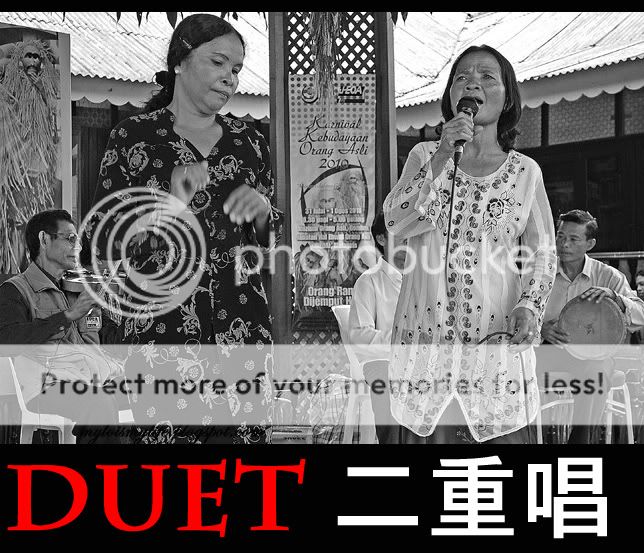

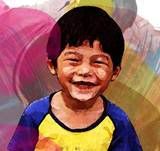


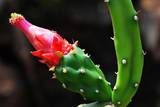


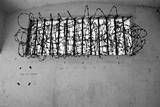

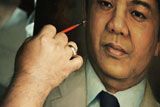





some of your chinese are weird, like fish and chicks, 鮓及鶵?? what is that?? 炸雞 fried chicken +魚 fish?? anyway i learn a new word from you! sweet potato can be 白薯 also :) thanks!! hehehe i like this series of picture layouts :) great job!! two more years to go and i can see this carnival myself in malaysia... lalala
It is quite interesting to see a violin in the "dondang sayang" performance with other local instruments. Do they usually go together? Thanks!
Nice pictures! The slide show is great too!
I like "大家樂! 我是歌手" most, very interesting!
Aiya... the second photo: that's actually a gong (锣).
Too bad, I don't know what you call a guy who plays gong.
Gonger? Ha ha... I doubt so!
fufu,
Wakakaka! I'm still learning 中文. My Chinese is rusty. Thanks for helping me with the words 谢谢! :)
micki,
Dondang Sayang is a typical group made up of four musicians who perform on the violin, two rebana and a gong or tetawak.
More is available from Wikipedia:
http://tinyurl.com/286v8ap
Rafael
Thanks!
londoncaller
Thanks! Corrected. No need to put 'gonger' Just put 锣手 :)
Cheers!